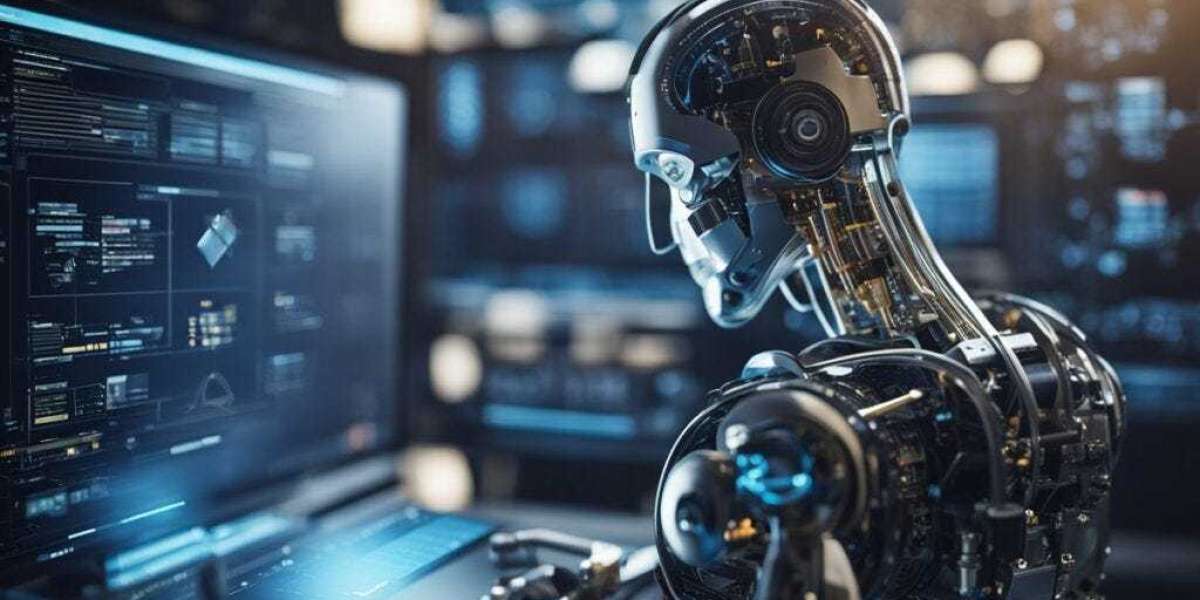Artificial Intelligence (AI) has revolutionized content creation, making it easier to generate articles, essays, and reports within seconds. However, the rise of AI-generated content has raised concerns about authenticity, originality, and the potential spread of misinformation. To address these concerns, AI detector has emerged as crucial tools for distinguishing human-written content from AI-generated text.
What Is an AI Detector?
An AI detector is a software tool designed to analyze text and determine whether it has been generated by an artificial intelligence model. These detectors use advanced algorithms to detect patterns, predict text structures, and compare writing styles to databases of AI-generated content. The goal is to assess the likelihood that a piece of content was created by AI rather than a human.
AI detectors are widely used by educators, businesses, publishers, and researchers to ensure content integrity. As AI-generated text becomes more sophisticated, the demand for reliable AI detection tools has grown significantly.
How Does an AI Detector Work?
AI detectors operate using various techniques to identify AI-generated content. Some of the key methods include:
Pattern Recognition
AI-generated content often follows predictable patterns, using repetitive phrases, overly structured syntax, and unnatural sentence flow. AI detectors analyze these patterns to determine whether a text is human-written or machine-generated.Perplexity and Burstiness Analysis
- Perplexity measures how unpredictable or complex a text is. Human writing tends to have variations and inconsistencies, while AI-generated content is more structured and formulaic.
- Burstiness refers to the variability in sentence length and complexity. Human writers often mix short and long sentences, whereas AI models may produce uniform sentence structures.
Database Comparisons
AI detectors compare text with known samples from popular AI models, such as ChatGPT, GPT-4, and Bard. If a text closely resembles previously generated AI content, the detector flags it as likely AI-generated.Contextual and Semantic Analysis
Some AI detectors go beyond surface-level analysis and evaluate the deeper meaning of words and phrases. They assess whether a piece of content demonstrates the critical thinking and nuanced expression typically associated with human writing.
Applications of AI Detectors
AI detectors serve various purposes across multiple industries. Some of their primary applications include:
1. Academic Integrity and Plagiarism Prevention
Educational institutions use AI detectors to prevent students from submitting AI-generated essays or assignments. This helps maintain academic integrity and ensures students develop original thought processes.
2. Journalism and Publishing
News organizations and publishers rely on AI detectors to verify the authenticity of articles and reports. This helps combat misinformation and ensures that published content meets editorial standards.
3. SEO and Content Marketing
In digital marketing, AI detectors help businesses and bloggers ensure their content is human-written and unique. Search engines like Google prioritize original content, and AI detectors assist in identifying AI-generated articles that might not meet SEO best practices.
4. Legal and Compliance Fields
Legal professionals use AI detectors to verify the authenticity of contracts, legal documents, and compliance reports. Ensuring that content is human-generated adds credibility and legal validity to important documents.
Challenges and Limitations of AI Detectors
Despite their effectiveness, AI detectors face certain limitations:
- False Positives and Negatives: Some human-written texts may be flagged as AI-generated, while certain AI-generated content can bypass detection if well-crafted.
- Evolving AI Models: AI writing tools continue to improve, making it more challenging for detectors to stay ahead.
- Dependence on Algorithms: AI detectors rely on probability rather than absolute certainty, meaning their results should be interpreted with caution.
The Future of AI Detection
As AI-generated content becomes more prevalent, AI detectors will continue to evolve. Future advancements may include improved deep learning models, real-time detection capabilities, and integration with other content verification tools.
While AI has transformed content creation, maintaining authenticity remains essential. AI detectors play a key role in ensuring originality and ethical content use across various industries. As technology advances, these tools will become even more sophisticated, helping to balance the benefits of AI with the need for genuine human creativity.



